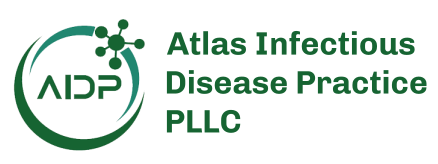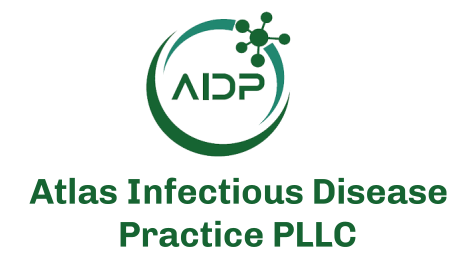Ginkgo Bioworks is collaborating with the European Health and Digital Executive Agency (HaDEA) in a project valued at up to €24 million to develop rapid metagenomic sequencing for respiratory virus detection. The funding comes from the EU4Health program and aligns with the priorities of the Health Emergency Preparedness and Response Authority (HERA). The RANGER (RApid Next Generation Sequencing for Effective Medical Response) project aims to provide hospitals with point-of-care metagenomic next-generation sequencing (mNGS) tools, allowing for faster and more comprehensive detection of known and novel respiratory pathogens. The system is designed to deliver results within six hours, supporting clinical decision-making and infection control.
In our interview with Andrew Engeli, senior director at Ginkgo Bioworks, he explained that RANGER is not a single device but rather a system composed of multiple components. “The goal of the program is to speed up sample preparation and ingestion into testing systems,” he said. Key components of the system include the Cipher System, which plays a crucial role in diagnostics, and the ability to interface with off-the-shelf sequencers. “Right now, we’re validating it against the Illumina MiSeq system, but it is designed to be sequencer-agnostic,” Engeli explained. Additionally, Ginkgo is working with BugSeq to develop diagnostic routines and ensure quick results delivery through a cloud-based bioinformatics platform.
Engeli also discussed the clinical trials planned for the RANGER system, which will take place in the European Union with partners such as KU Leuven (Belgium), Karolinska Institute (Sweden), and Tartu University (Estonia). “These trials will be larger than typical US trials, recruiting approximately 7,500 patients over a year,” he said. The trials are designed to meet the certification requirements under EU regulations and provide critical data for RANGER’s approval. Engeli noted two primary challenges in clinical integration: certification under the In Vitro Diagnostics Regulation (IVDR) and validating the detection of unknown pathogens. “Since RANGER uses metagenomic sequencing, one requirement is to detect novel or unknown pathogens. Unlike known pathogens, there are no pre-validated assays or standards for these.”
The RANGER system is designed for near-patient use. Engeli detailed how it works, noting that a clinician takes a patient sample, processes it through the Cipher System, and then feeds it into a sequencer. “The resulting data is analyzed through our cloud-based bioinformatics platform. Results are delivered back to clinicians within hours, enabling faster diagnostics and clinical decision-making,” Engeli explained. While the system will initially be deployed in hospital and clinic settings, Engeli outlined the longer-term plan: “In the first phase, we anticipate that RANGER will primarily be deployed in clinics and hospital settings, rather than in large, centralized laboratories. Our goal is for the system to be used in near-patient settings, meaning bedside use is part of our vision, though we likely won’t deploy it that way immediately.” He also noted that the initial focus will be on nasal swabs, but the system will expand to include blood and air samples over time.
Expansion beyond the EU is already under consideration. “We are already in discussions regarding potential FDA 510(k) certification for the US,” Engeli said. He pointed out that 510(k) certification presents challenges due to the unique nature of RANGER. “This presents a challenge because 510(k) certification requires benchmarking against existing, comparable devices,” he explained. Engeli highlighted Ginkgo’s plan to run parallel clinical trials in the US and the EU to meet US certification standards.
The long-term vision for RANGER is a global network that serves not only as a diagnostic tool but as part of a real-time public health intelligence platform. “The European Union is the initial client, using the system to gather real-time syndromic data across multiple countries,” Engeli said. “We strongly believe that the more RANGER systems are deployed worldwide, the more effective the network will be.” This global network will provide valuable real-time data for improved infectious disease surveillance and pandemic preparedness, an area that Engeli noted lacked a robust system during the COVID-19 pandemic.
Engeli also spoke about Ginkgo’s excitement surrounding the RANGER program, especially given the potential data insights it can provide. “If analyzed and utilized correctly, RANGER could provide a critical intelligence layer that we simply didn’t have when the COVID-19 pandemic began,” Engeli said. He also acknowledged the broader shift for Ginkgo, stating, “For Ginkgo, this is a new direction, as we typically focus on biotechnology rather than medical devices.”
The project is a collaboration with several technology partners, including Jumpcode, TGen, BugSeq, and Planet Innovation. Engeli recognized the importance of these partners, particularly in the integration of sequencing and automation technologies. “We’re really excited about this program,” Engeli concluded.






